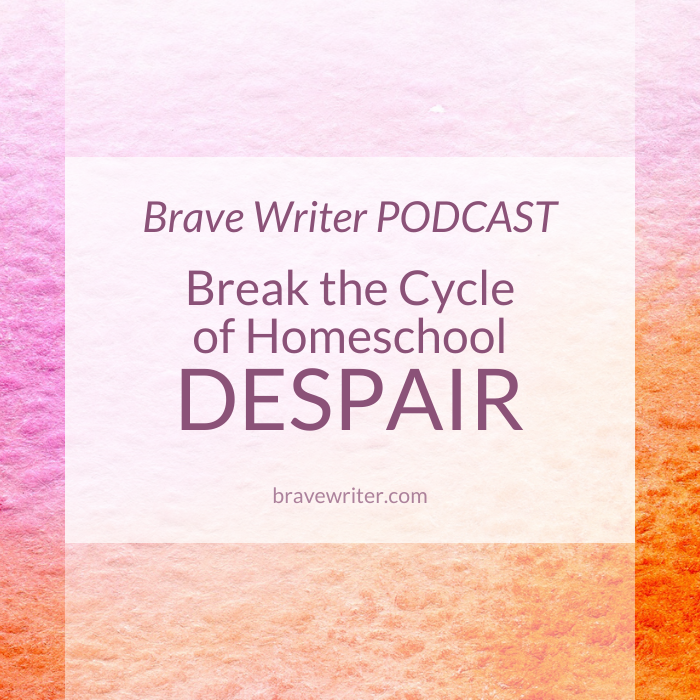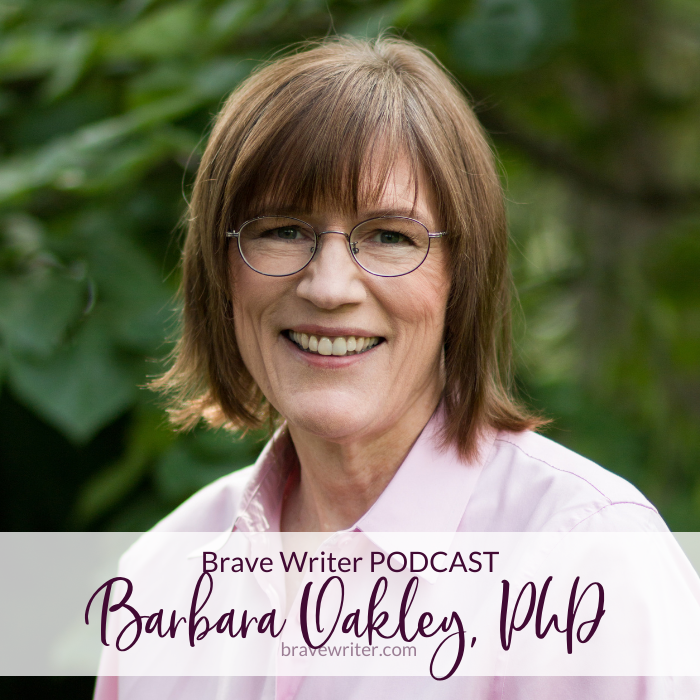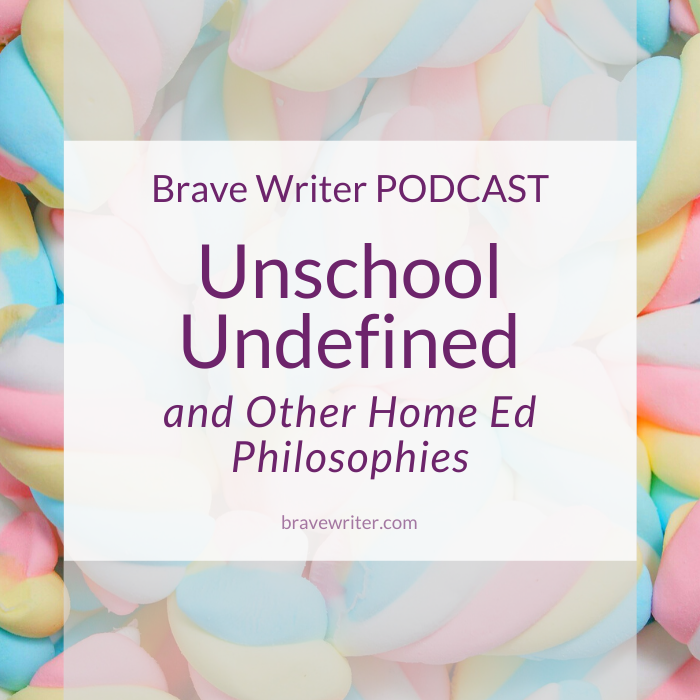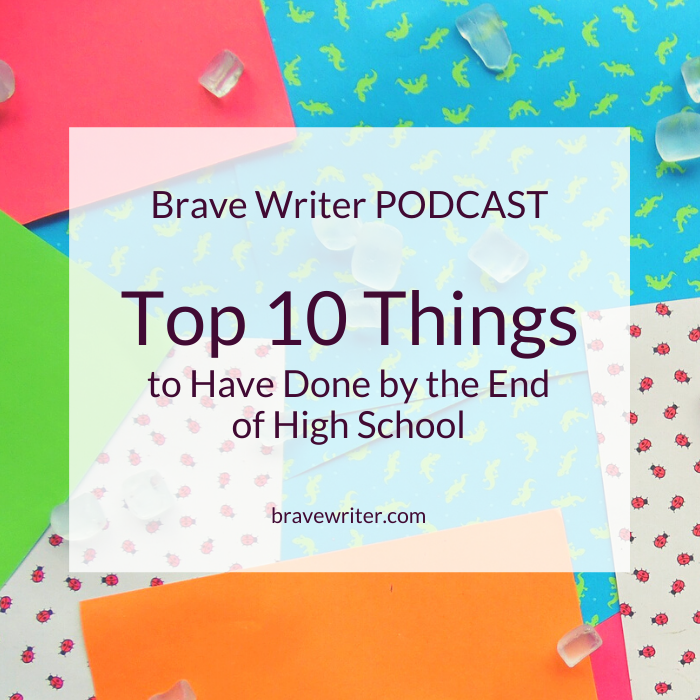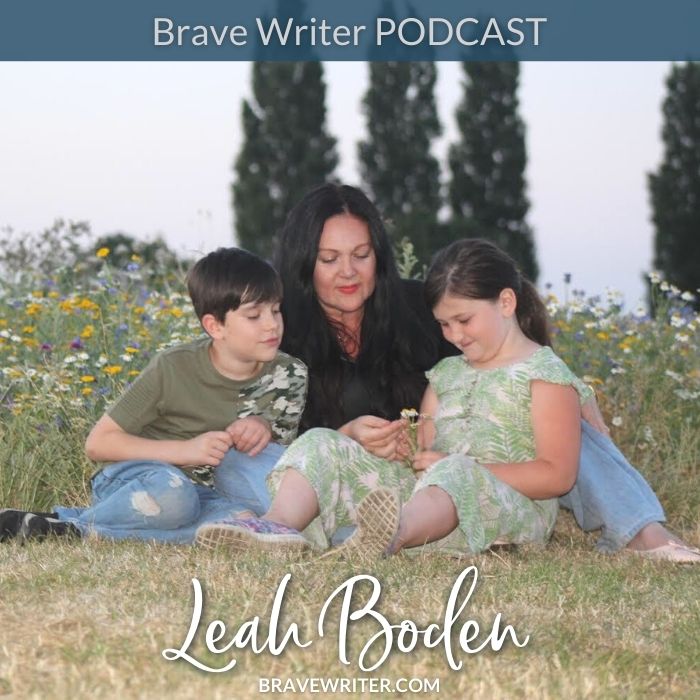
I am delighted to share Leah Boden with you in this episode of the Brave Writer podcast!
She’s a Brit (so we do spend a few moments chatting tea, of course!) and a Charlotte Mason enthusiast. Her work in the UK helps parents find their feet with living literature, nature study, and valuing your children as persons first (a Ms. Mason gold standard for education!).
Join me for a truly delightful, encouraging conversation. I know you’ll love it!
[This post contains Amazon affiliate links. When you click on those links to make purchases,
Brave Writer receives compensation at no extra cost to you. Thank you!]
What’s the difference between being a Modern Miss Mason and being an originalist?
- Leah isn’t trying to reproduce a Victorian school in her house. The heritage there is incredible, but it’s not a script you have to follow verbatim – “It has to bring my family to life, I have to see my children as whole.”
- Charlotte Mason just lays out some guiding principles. It’s not the end all be all of what you do in your home.
- You have permission to find your freedom in the philosophy! Every home educator is also an educational reformer.
Resources
- Learn more about Modern Miss Mason
- Connect with Leah on Instagram: @leahvboden | @modernmissmason
- Facebook: facebook.com/modernmissmason
- Read: For the Children’s Sake: Foundations of Education for Home and School by Susan Schaeffer Macaulay
Would you please post a review on Apple Podcasts for us?
Help a homeschooler like you find more joy in the journey. Thanks!

